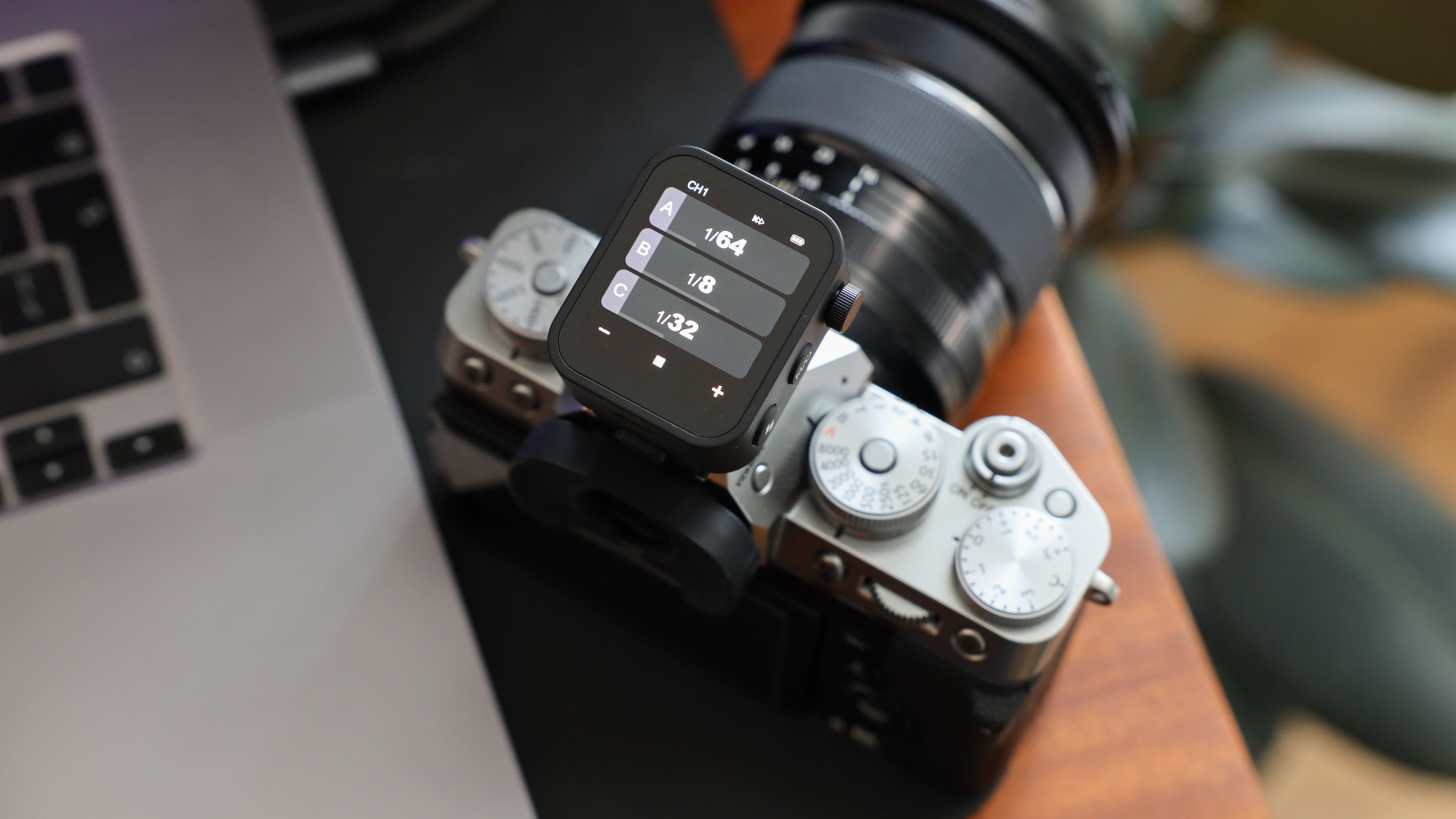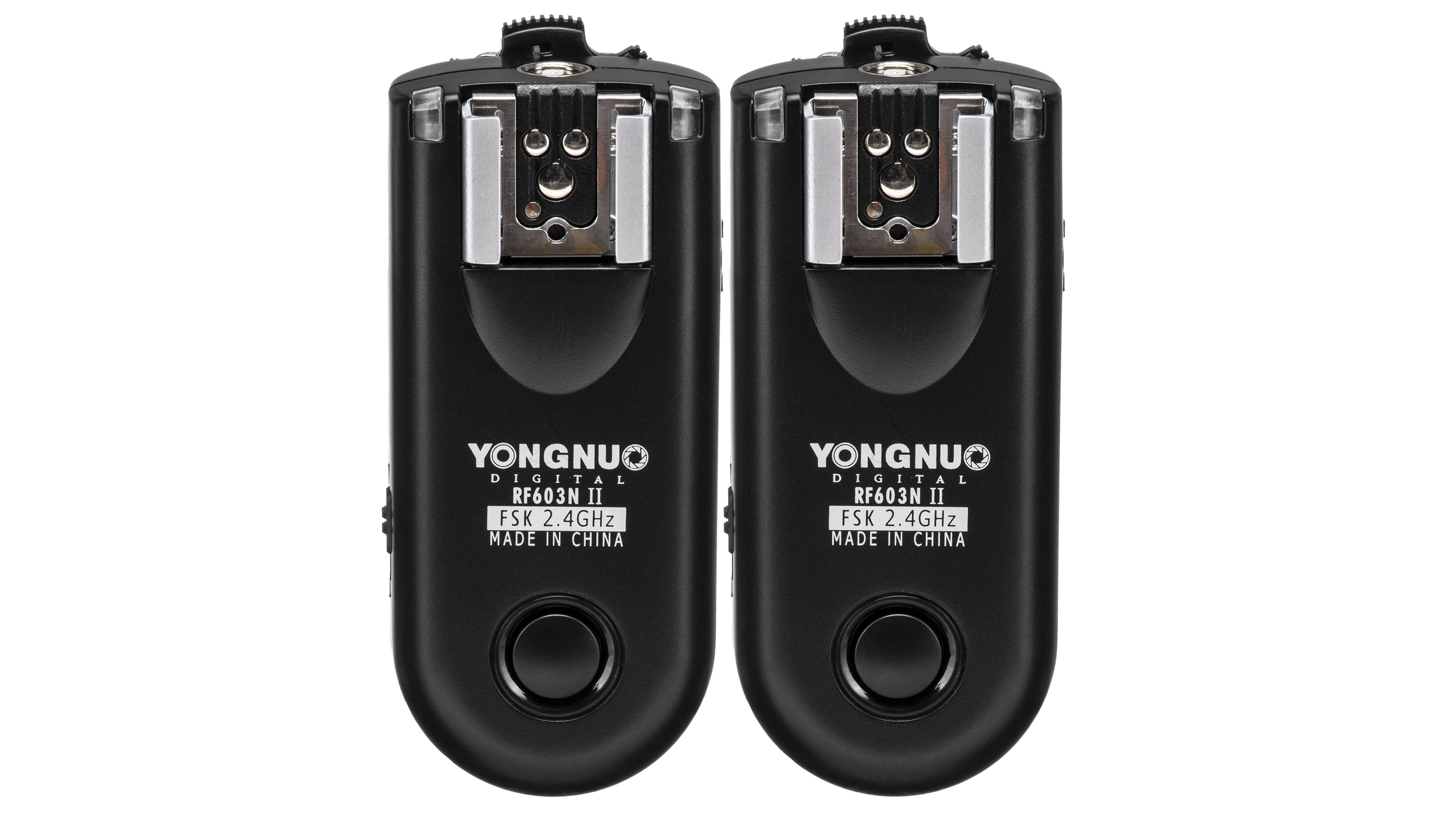The best flash triggers in 2025: wireless control for off-camera flash
The best flash triggers enable you to position your flashguns away from your camera, creating new and exciting lighting setups
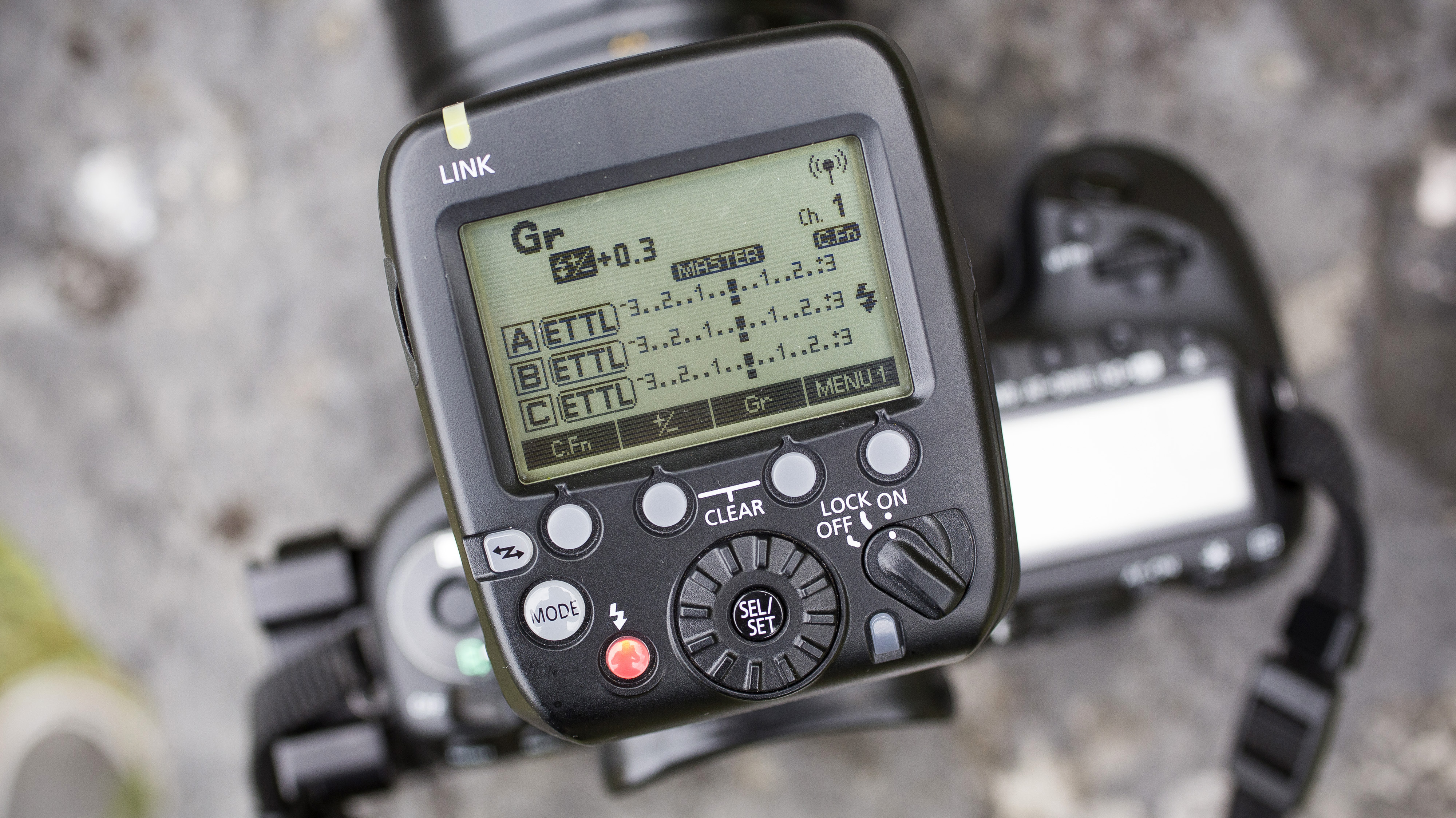
A flashgun gives far better results than the comparatively weak pop-up flash found on some cameras, with a more powerful burst of light, and often the ability to bounce light from walls or ceilings. But, for even more creative control, a flash trigger enables you to position the flashgun exactly where you want it, completely separately from the camera.
Being able to liberate your speedlight from the hotshoe for off-camera effects opens up a whole world of possibilities, and the ability to control multiple lights from one unit offers even more. Once upon a time, flash triggers were physically tethered to their lights with a cord, but in this wireless age, a physical connection is no longer necessary.
Flash triggers generally work via radio frequency (RF) or infrared (IR), but for this guide, I've hunted down the best RF flash triggers you can buy right now, as they offer a greater range and don't require a line of sight. Different triggers are compatible with specific camera systems – so I've listed the compatibility options of each unit featured.
There's more information on picking the best flash trigger for your own needs towards the end of this article, along with the answers to some frequently asked questions. And if you're still building your speedlight setup, you'll want to check out our guide to the best flashguns and strobes.

Ben is the Imaging Labs manager, responsible for all the testing on Digital Camera World and across the entire photography portfolio at Future. With years of experience trialling and testing photographic kit, he's a human encyclopedia of benchmarks when it comes to recommending the best buys – here he picks out the best wireless flash triggers for your money.
The quick list
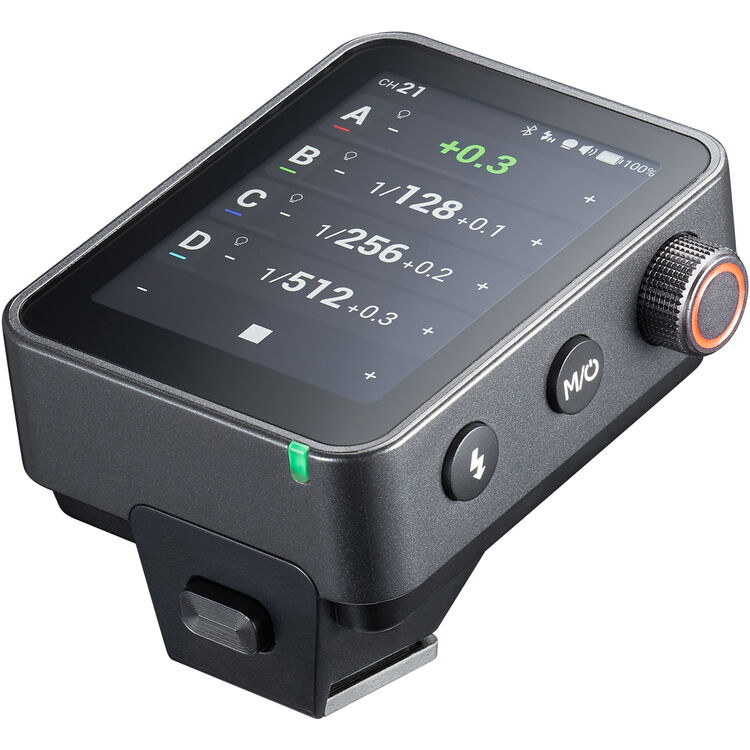
With a color touchscreen interface, the ability to control up to 16 groups of flashguns, and powerful Pro Shooting modes, this is my pick of the best flash triggers.
Read more below

Working with practically any flash system, Elinchrom's EL-Skyport Universal Plus forgoes TTL metering and high-speed sync in favor of universal compatibility and a huge 200m wireless range.
Read more below
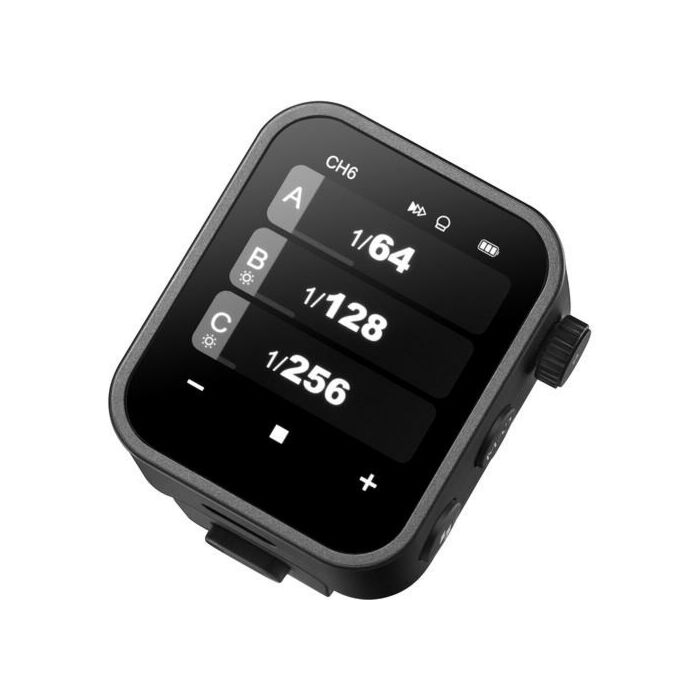
Tinier than other triggers, and operated entirely by touchscreen, the Godox X3 (aka Xnano / Flashpoint R2 Nano) feels like a next-generation flash trigger.
Read more below

If you're using a multi-flash setup, the Phottix Odin II is a great choice. It's probably overkill for just one flash, but it delivers outstanding performance and speeds.
Read more below
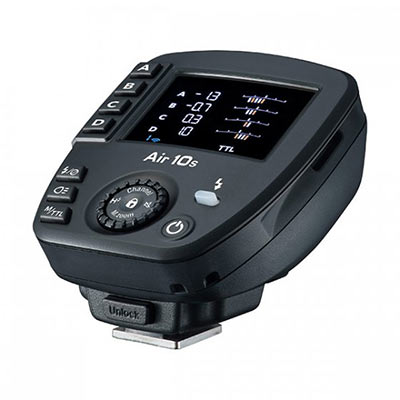
With reliable long-range communication, the Nissin Commander Air 10s is a good choice for those who might need a bit of distance from their flash – perhaps for location shooting.
Read more below

While it may be a little intimidating for new users, Godox's older XPro TTL/HSS trigger offers superb value for money and plenty of useful features, if you can forgive the clunky interface.
Read more below
Load the next products ↴
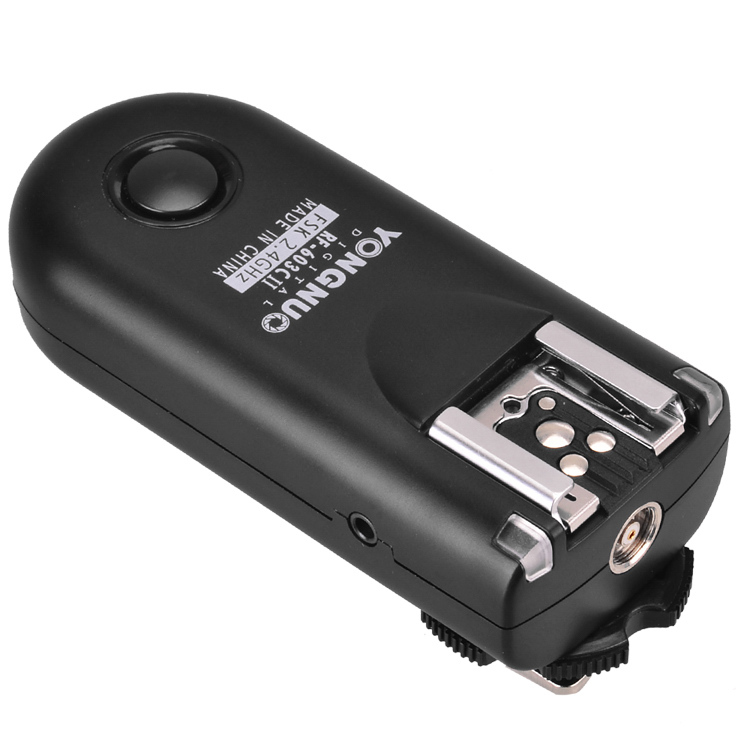
For users looking for an ultra-cheap solution, I recommend the Yongnuo RF 603 II. It manages good transmission range and respectable high-speed sync.
Read more below
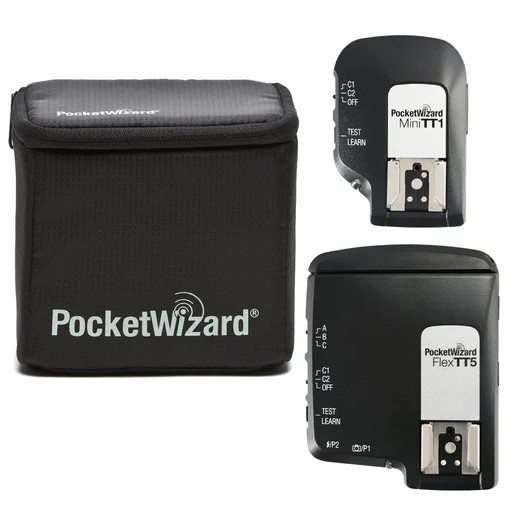
This powerful system is a favorite among professionals – and is priced as such. It offers huge transmission range and ultra-high-speed sync for those who need it.
Read more below
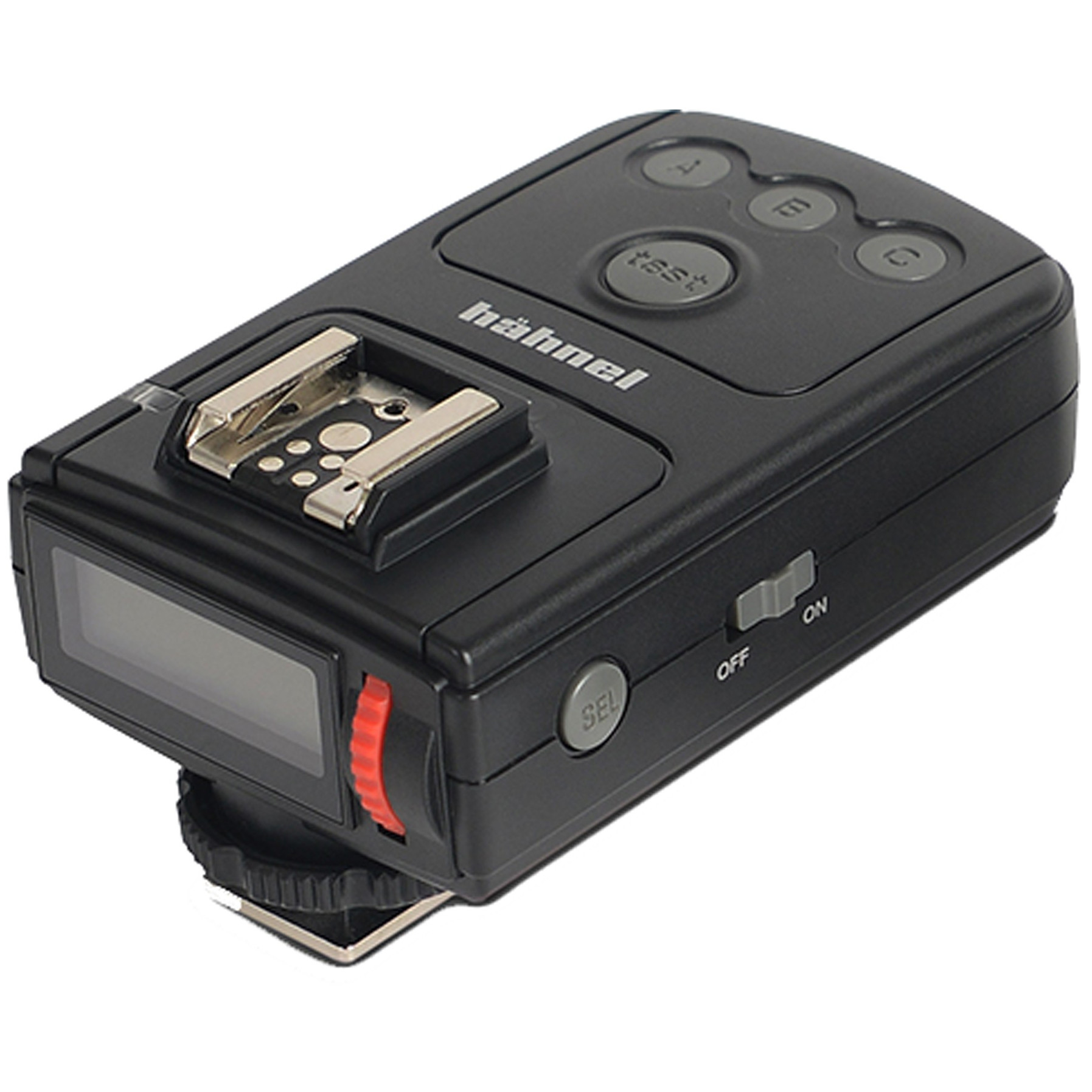
An affordable flash trigger with a clear backlit LCD screen and logically laid out controls, the Hahnel Viper TTL is an ideal choice for those starting out with flash.
Read more below
The best flash triggers
Why you can trust Digital Camera World
Best overall
Specifications
Reasons to buy
Reasons to avoid
The Godox X3 Pro Wireless Flash Trigger is a major refinement and modernization of the brand's popular flash triggers, offering a sleek, compact design and significant usability enhancements compared to the older (but cheaper) Godox XPro trigger. The most prominent feature is the new 2.4-inch LCD color touchscreen, which provides a bright, responsive, and intuitive interface. Users can easily manage their setup by tapping to select groups and swiping to adjust flash power or mode. Color-coded groups further simplify the identification of individual lights in complex studio or location environments.
Design-wise, the X3 Pro features a low-profile body that sits comfortably on the camera and introduces a brilliant self-locking hotshoe mount for quick attachment and release. It replaces disposable batteries with a built-in, 2930mAh lithium-ion battery rechargeable via USB-C.
Performance is seamless and dependable, offering instant connectivity with Godox lights across a 100m range. It supports essential functions including TTL, Manual, Multi, and high-speed sync up to 1/8000 sec. The X3 Pro also introduces Pro Shooting modes – including One-Shoot, All-Shoot, and an L-858 Mode for Sekonic light meters – and a Creative Shutter Control function for programming time-lapse and long-exposure sequences directly on the unit. This command-center functionality allows photographers to stay focused on the scene rather than menu-diving.
Read our full Godox X3 Pro Wireless Flash Trigger review
Most versatile
Specifications
Reasons to buy
Reasons to avoid
The Elinchrom EL-Skyport Universal Plus Transmitter & Receiver Set is designed for maximum compatibility across virtually all camera and flash setups, earning its 'universal' designation. To achieve this universal compatibility, the system lacks camera-specific dedication, meaning it does not support TTL (Through-The-Lens) metering or High-Speed Sync (HSS) with regular focal-plane-shutter cameras. When paired with compatible Elinchrom "RX" flash heads, the transmitter can remotely adjust power levels, but for all other flashes and speedlights, power must be adjusted manually.
The system emphasizes simplicity over advanced automation. It uses a straightforward pushbutton interface with illuminated status displays instead of a modern color touchscreen or LCD panel. However, it remains a highly reliable and robust remote flash trigger system. Founded on a dependable 2.4GHz RF wireless system, the set provides an impressive triggering range of up to 200m (656ft), ensuring rock-solid connectivity even through obstacles and around corners.
The kit consists of a transmitter (which can pivot upright for optimum range) and a receiver, both of which are solidly built and powered by universally available AA batteries, offering excellent stamina. The receiver features a cold shoe and a 2.5mm sync socket (with a 1/4-inch adapter included) to connect various flash heads and guns. Ultimately, the Elinchrom EL-Skyport is best for photographers prioritizing consistent performance and wide-ranging compatibility over specialized TTL and HSS features.
Read our full Elinchrom EL-Skyport Universal Plus Transmitter & Receiver Set review
Best touchscreen
Specifications
Reasons to buy
Reasons to avoid
The Godox X3 (also known as the Xnano and Flashpoint R2 Nano in various markets) offers the functionality of Godox's larger models in an exceptionally compact and portable form factor. It is a top choice for photographers already invested in the Godox flash ecosystem, and is available for Canon, Nikon, Sony, Fujifilm, and OM/Panasonic camera systems.
The standout feature of the X3 is its user-friendly, high-clarity OLED touchscreen interface, which makes it a doddle to navigate menus and view settings. The trigger supports a full range of advanced features, including reliable 2.4GHz wireless transmission up to 100m, TTL (Through-The-Lens) automatic exposure, Manual and Multi-Flash modes, as well as High-Speed Sync (HSS) up to 1/8000 sec. I found performance to be reliable and consistent, keeping all flashes perfectly in sync.
The minimalist design and diminutive size significantly reduce the bulk on the camera's hotshoe compared to other flash triggers. Power is supplied by a long-lasting, built-in 850mAh lithium battery that charges via USB-C, eliminating the need for AA batteries. However, the compact size does mean that the touchscreen can be sensitive and fiddly for precise, micro-adjustments. But all things considered, the X3 is exceptional value for money, combining advanced flash control with a stunning, easy-to-use interface in a teeny-weeny package.
Read our full Godox X3 review
Best for multiple flashes
4. Phottix Odin II
Specifications
Reasons to buy
Reasons to avoid
The Odin II system is available for Canon or Nikon systems, and you can buy Sony and Pentax variants of the Odin II transmitter.
This trigger isn't cheap, but the premium price reflects the extensive feature set. Where most triggers have three group options, Phottix gives you five, as well as 32 frequency channels and Digital ID matching to maintain a secure, uninterrupted connection between camera and flashgun(s). Naturally, there’s wireless TTL for effortless flash metering, and even flash zoom control so you can alter the flash coverage to suit the lens focal length you're using.
It’s small wonder then that performance is outstanding. Sustained burst shooting posed no problems in my testing, and neither did long-range triggering. I was able to shoot at my test camera’s 1/200 sec maximum sync speed with no banding. Additionally, there is a High Speed Sync mode that’ll top out at 1/8000 sec.
With so much to play with, the Odin II isn’t the most accessible system for newcomers, but its streamlined control layout and clear backlit screen are a pleasure to use. Build quality is also top-notch, and both transmitter and receiver are powered by convenient AA batteries.
Best long-range
5. Nissin Commander Air 10s
Specifications
Reasons to buy
Reasons to avoid
Nissin’s Air System uses a 2.4GHz radio frequency link, which in the Air 10s is capable of a huge 100m wireless range – a healthy increase on the 30m range of Nissin's older Air 1 transmitter. While few scenarios demand you to be such a distance away from your flash, it at least gives peace of mind that this system will maintain a rock-solid connection at shorter distances.
The Air 10s Commander unit is totally intuitive to operate, with a clear, logical display and just the right amount of controls to balance ease of use with functionality. It packs useful features like remote power adjustment of a whopping eight flash groups, an AF assist lamp, not to mention wireless TTL compatibility with Canon, Nikon, Sony, Fuji, and Micro Four Thirds TTL systems.
You can control Nissin’s own Di700A, i60A, and MG-series flashguns directly from the Air 10s without the optional Air R receiver attached. The receiver itself is just as compact as the Commander, and is also powered by AAA batteries. It too has eight selectable channels, and Nissin has added a little flip-down foot that lets you stand the receiver and attached flashgun on a flat surface, which is a nice touch.
Best value
Specifications
Reasons to buy
Reasons to avoid
The Godox XPro TTL/HSS flash trigger is a long-standing, robust, and versatile wireless trigger that offers exceptional value for money. Available in dedicated versions for Canon, Nikon, Sony, Fujifilm, Micro Four Thirds, and Pentax cameras (be sure to buy the correct one), it is built on the reliable 2.4GHz Godox X wireless system, providing a powerful and consistent triggering range of up to 100m.
The trigger excels in functionality, supporting a wealth of flash modes, including TTL (Through-The-Lens) metering, HSS (High-Speed Sync) up to 1/8000 sec, and Multi-Flash (strobe) mode. A unique feature is the TCM (TTL Convert Manual) mode, which uses an initial TTL reading to set a manual power level, providing a solid starting point for precise adjustments. It can control up to 16 flash groups across 32 channels.
The design features a large, backlit, mono LCD screen and a conventional set of buttons and dials, which some users prefer over the newer touchscreen interfaces. The build quality is solid, but the interface is somewhat dated. It is powered by a pair of AA batteries, although I found the battery gauge to be inaccurate for lower-voltage rechargeable NiMH cells. While it features a red AF-assist lamp, this is only useful for DSLRs and not for mirrorless cameras. Despite the minor flaws, the Godox XPro remains a highly reliable and full-featured trigger and is a steal at the price.
Read our full Godox XPro review
Best budget
7. Yongnuo RF 603 II
Specifications
Reasons to buy
Reasons to avoid
Shoestring budget contenders like this can often disappoint, but first impressions of the RF-603 II are encouraging. The fit and finish are more than acceptable for the money, and while the receiver’s cold shoe mount is plastic, the two hotshoes are metal.
Although there are no group options, 16 frequency channels are available to avoid interference, though they’re set using microscopic switches under the transmitter. A full-on 2.4GHz radio frequency link provides a genuine 100-metre range, and when testing at closer distances, Yongnuo claims sync speeds of up to 1/250 sec. I could only manage a reliable 1/160 sec sync in my testing, but the connection was stable enough to avoid misfires during burst shooting.
The final trick up the RF-603 II’s sleeve is that it can be used as a wireless shutter release: connect the receiver to your camera’s remote socket, then the two-stage button on the transmitter focuses before firing the shutter.
Best professional
8. PocketWizard FlexTT5 & MiniTT1
Specifications
Reasons to buy
Reasons to avoid
PocketWizard is a pro favorite in this sector, and it’s easy to see why with this no-compromise combo. The FlexTT5 transceiver can double as a transmitter or receiver, but I paired it with the MiniTT1 transmitter, as it’s significantly smaller. Both the FlexTT5 and MiniTT1 come in Canon or Nikon mounts (there's also a Panasonic version of the FlexTT5), and both support Canon E-TTL and Nikon i-TTL metering, transmitted over a huge 240-metre range. Or, if that’s not far enough, this can be increased to a staggering 365 metres when using Basic Trigger mode. This mode enables the MiniTT1 or FlexTT5 to work as a transmitter on any camera with a standard hotshoe.
The FlexTT5 enables high-speed sync with compatible flashguns, allowing for super-fast shutter speeds up to 1/8000 sec. You can tweak this and adjust the plethora of other advanced features, including extensive channel options, by connecting the on-board USB port and using PocketWizard’s Utility software, which also enables firmware updates.
Best for beginners
9. Hahnel Viper TTL
Specifications
Reasons to buy
Reasons to avoid
The original Viper system was a simple but very effective trigger with an impressive 2.4GHz, 100-meter range. However, it was Canon-only and lacked TTL transmission, but Hahnel has now addressed both these limitations. The Viper TTL kit comes in Canon, Nikon, and Sony variants, with TTL compatibility for all three brands. I found the TTL mode on my Nikon sample version worked perfectly.
You still get remote control of flashgun power from the transmitter, with the clear backlit LCD screen and logical controls making it a cinch to use. Flashguns can be arranged into three groups, and though there’s no choice of frequency channels, Hahnel goes one better with a Digital Channel Matching system that securely codes the transmitter and receivers together to prevent interference.
Build quality isn’t quite on a par with the top triggers on this list, but it’s not far off, and you get metal hotshoe mounts all round.
How to choose a wireless flash trigger
A decent radio-frequency flash trigger should provide up to 100 meters of range and the ability to separate your flashes into groups that fire at different power settings. This allows you to replicate a studio flash head setup for a lower cost, with separate key, fill, and accent lights. It does mean you’ll often require an extra receiver for every additional flashgun you want to incorporate; however, some more recent flashguns come with built-in receivers, so check before buying any extra equipment you might not need.
Different triggers will have different features. Some will have Through The Lens (TTL) metering functionality, which automatically reads the lighting conditions and adjusts power output accordingly, while others are manual-only. Some will also be able to use High-Speed Sync (HSS), which enables the use of flash in tandem with fast shutter speeds, allowing you to freeze fast action. Depending on the kind of images you shoot, this may or may not be necessary.
Wireless flash triggers are usually designed to work with a single camera brand, with variations specifically for Canon, Nikon, Sony, or other camera systems, so double-check you've got the right version before you click 'Buy'. Universal triggers that are more broadly compatible forgo exotic features like TTL or HSS.
Here are five things to keep in mind when shopping for and using wireless flash triggers:
1. Stand back
The kits I've featured use radio frequency triggering, which, unlike cheaper infrared systems, usually work at a range of up to 100m without needing a direct line of sight.
2. Channel hopping
With radio frequency triggering comes possible interference from other RF devices. A system with multiple channel options or channel coding will lock out uninvited airwaves.
3. TTL triggering
A triggering system that wirelessly transmits TTL metering signals is a must if you rely on the fire-and-forget simplicity of a TTL flashgun, but these triggers inevitably carry a premium.
4. Stay put
Don’t fancy wasting time running between multiple flashguns to set their power? More advanced triggers enable you to remotely control flashgun settings from the transmitter.
5. Sync speed
Typically, a flash trigger will enable a shutter speed up to 1/250 sec, but top-end systems boast high-speed sync with compatible flashguns, enabling up to 1/8000 sec shutter speeds.
How we test flash triggers
When we test flash triggers, we put them through their paces in our dedicated studio. We look at how easy they are to set up and use, and put them through their paces in features like wireless TTL and high-speed sync. We use our test camera's maximum sync speed and check for banding or misfires. We also assess the build quality of the trigger, as well as the battery life and operational range.
FAQs
Do flash triggers work with any flash?
Not usually. To use any fancy features, you will need a flash trigger dedicated to your camera/flashgun model, as each manufacturer has a unique layout of hotshoe pins and a proprietary system of communicating information to flashguns. The exception is a universal flash that uses only the standard central firing pin, but cannot relay any other information.
Why is my flash not firing?
While it is possible that a flash is not firing due to a technical fault with the trigger, receiver or flash itself, there are a number of common issues worth checking for before sending it off for repair.
Check that everything is plugged in correctly – a loose connection might be the problem. Check that all triggers and receivers are turned on, with radio transmission enabled, and are set to the same channel/group. Make sure that the flash unit is set to the right mode (it might be in Master rather than Slave), and that the shutter speed setting is not exceeding your camera's maximum sync speed. And finally, it may sound obvious, but do check that all parts of the chain have charged batteries.
The best camera deals, reviews, product advice, and unmissable photography news, direct to your inbox!
Ben is the Imaging Labs manager, responsible for all the testing on Digital Camera World and across the entire photography portfolio at Future. Whether he's in the lab testing the sharpness of new lenses, the resolution of the latest image sensors, the zoom range of monster bridge cameras or even the latest camera phones, Ben is our go-to guy for technical insight. He's also the team's man-at-arms when it comes to camera bags, filters, memory cards, and all manner of camera accessories – his lab is a bit like the Batcave of photography! With years of experience trialling and testing kit, he's a human encyclopedia of benchmarks when it comes to recommending the best buys.
- Adam WaringGuides Editor


